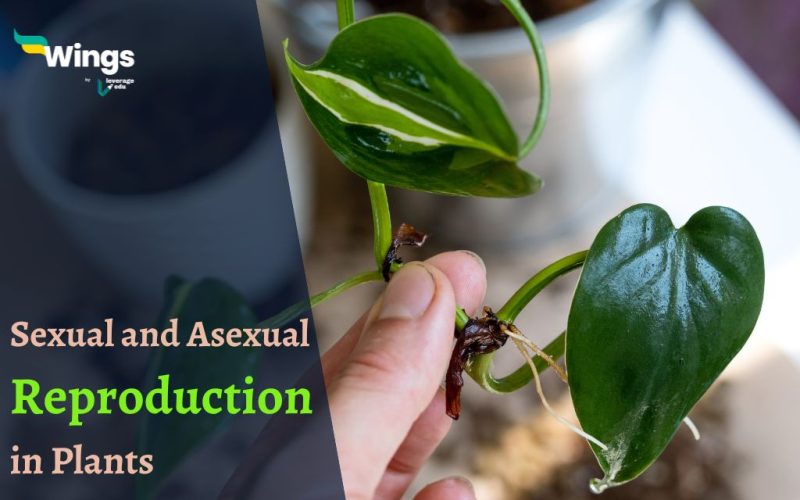One of the characteristics of living organisms is that they can reproduce. As plants constitute a major part of our biosphere there are methods through which they can also reproduce. Therefore, processes through which plants can produce their offspring or propagate their genes are called methods of plant reproduction.
The best part is, that since childhood, we have mostly seen plants reproducing through seeds. We often sowed seeds in our gardens and watched them turn into beautiful plants. But if we’d noticed the rose flower never produced any seeds and the onion didn’t have any seeds either. So how do these plants reproduce?
For that let’s explore the different methods of reproduction in plants!
Also Read: What is Photosynthesis?
Types of Reproduction in Plants
Reproduction in plants can be majorly divided into 2 segments namely the asexual mode of reproduction and the sexual mode of reproduction. These ways of reproduction mainly differ in terms of the involvement of a single plant in the asexual mode and a female and a male component of a plant in the sexual mode.
Sexual Mode of Reproduction in Plants
In this case, the plant synthesizes new plants through dedicated sexual parts. It involves the formation of fruits and seeds through the fusion of male and female gametes namely the pollen and ovule to form an embryo. In this case, an anther releases the pollen, which then enters the ovary through the stigma. The plants performing sexual reproduction can be unisexual or bisexual based on containing one or both sexual organs.
Also Read: What is Botany? Meaning, Importance and Branches
Asexual Mode of Reproduction in Plants
The asexual mode of reproduction involves regenerating through vegetative parts of the plant. It takes place through the parts of one plant itself without the involvement of any male and female gametes. Plants reproduce through 4 types of asexual reproduction methods.
Budding
Method: A part of the plant develops an outgrowth called a bud. This bud is buried in the soil to develop and grow new plants.
Example: Potato
Fragmentation
Method: New plants arise from fragments of the existing plant that break apart. Therefore, a part of the plant is taken and buried in the soil to develop a new plant in this process.
Example: Spyrogyra
Spore formation
Method: Plants generate spores in sacks called the sporangium. These spores disperse into the air, water, and soil, where they finally germinate to form new plants.
Example: Ferns, Liverworts
Vegetative propagation
Method: When vegetative parts of the plants are used to develop new plants, the process is called vegetative propagation.
Example: Bryophyllum, Rose
For more such informative blogs on Science and Technology stay tuned to our General Knowledge section.
 One app for all your study abroad needs
One app for all your study abroad needs













